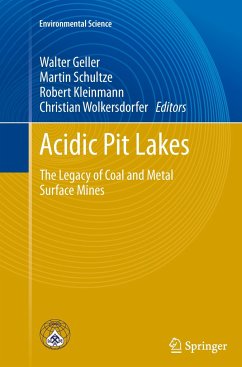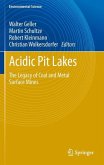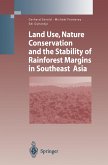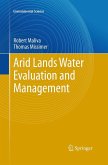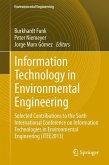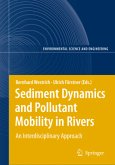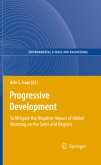This monograph provides an international perspective on pit lakes in post-mining landscapes, including the problem of geogenic acidification. Much has been learned during the last decade through research and practical experience on how to mitigate or remediate the environmental problems of acidic pit lakes. In the first part of the book, general scientific issues are presented in 21 contributions from the fields of geo-environmental science, water chemistry, lake physics, lake modeling, and on the peculiar biological features that occur in the extreme habitats of acidic pit lakes. Another chapter provides an overview of methods currently used to remediate acidic pit lakes and treat outflowing acidic water. The second part of the book is a collection of regional surveys of pit lake problems from three European countries and Australia, and case studies of various individual representative lakes. A final case study provides an innovative approach to assessing the economic value of new pitlakes and balancing the costs and benefits, a valuable tool for decision makers.
"The book is well illustrated and extremely carefully cross-referenced. The list of references is impressive ... . this book is highly recommended for anyone interested in water chemistry, lake physics, and ecology of pit lakes and is also very useful for practitioners and decision makers." (Thomas Weisse, Limnologica, Vol. 48, July, 2014)
"This new book provides a comprehensive overview of the origins, geochemistry, and limnology of pit lakes and possible remediation options. ... I strongly recommend this book to all professionals involved in pit lake planning, mine closure, and ongoing pit lake management, to researchers working in acidic pit lakes, and to limnologists who wish to understand the impact of acidification on lake processes." (C. Oldham, Mine Water and the Environment, Vol. 32 (3), September, 2013)
"The 6-chapter book provides a large amount of information on post mining landscapes, ranging from their geology through chemistry tobiology. ... I would unhesitatingly recommend this book to limnologists, biologists, water chemists and lake restorers--in fact to one and all, interested in these unique acidic environments." (Ramesh D. Gulati, SILnews, Vol. 62, June, 2013)
"This book brings together a huge amount of information on acidic pit lakes, ranging from geological aspects, through chemistry to biology to management and longterm control. ... The editors are to be congratulated on assembling such a useful book which covers a wide spread of topics ranging from fundamental research to solving practical and sometimes very challenging problems. The book deserves to be widely available for anyone concerned with this topic." (Brian A. Whitton, Journal of Limnology, Vol. 72 (1), 2013)
"This new book provides a comprehensive overview of the origins, geochemistry, and limnology of pit lakes and possible remediation options. ... I strongly recommend this book to all professionals involved in pit lake planning, mine closure, and ongoing pit lake management, to researchers working in acidic pit lakes, and to limnologists who wish to understand the impact of acidification on lake processes." (C. Oldham, Mine Water and the Environment, Vol. 32 (3), September, 2013)
"The 6-chapter book provides a large amount of information on post mining landscapes, ranging from their geology through chemistry tobiology. ... I would unhesitatingly recommend this book to limnologists, biologists, water chemists and lake restorers--in fact to one and all, interested in these unique acidic environments." (Ramesh D. Gulati, SILnews, Vol. 62, June, 2013)
"This book brings together a huge amount of information on acidic pit lakes, ranging from geological aspects, through chemistry to biology to management and longterm control. ... The editors are to be congratulated on assembling such a useful book which covers a wide spread of topics ranging from fundamental research to solving practical and sometimes very challenging problems. The book deserves to be widely available for anyone concerned with this topic." (Brian A. Whitton, Journal of Limnology, Vol. 72 (1), 2013)

